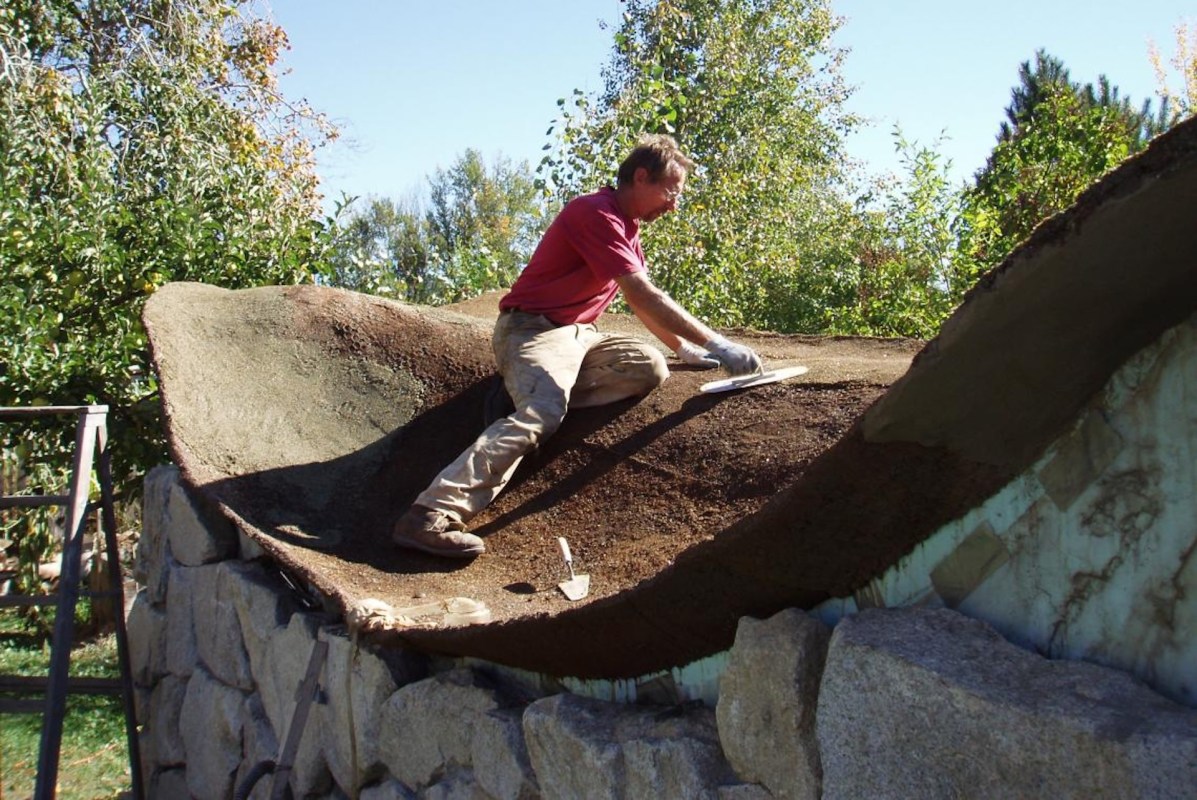A material that got its start in the Arizona desert is showing up in science journals with astounding reports that it could transform our buildings and infrastructure.
That's because Ferrock has proved to be a tougher and more planet-friendly material than concrete.
It's a story that started more than a decade ago at the University of Arizona when doctoral student David Stone won an innovation contest for his cement substitute made with waste steel dust. Stone was awarded a patent in 2013 for Ferrock, and he started Iron Shell to commercialize it, according to a university report.
"This all started from an accidental discovery in a lab, which is actually the way it usually goes," Stone said.
Innovating more sustainable building methods is the focus of researchers around the planet who are using all sorts of materials, including fungal networks and straw. Waste steel fits right into the mix.
"The search to find sustainable … alternatives to current construction systems is causing many new materials to emerge," Ilvy Bonnefin wrote for Certified Energy in a story about Ferrock.
For the material's part, it is stronger than concrete by several metrics: 13.5% for compressive strength; 20% for split tensile strength; and 18% for flexural strength, all at 28 days, according to ScienceDirect.
It's made from steel dust that is usually thrown out and silica from pulverized glass. In fact, 95% of the materials that make Ferrock are recycled, making it a cost-friendly option. There's also some impressive chemistry that happens when it hardens that pulls carbon dioxide from the air, reducing pollution, all per Certified Energy.
We produce over 4 billion tons of cement around the world annually. The manufacturing process generates as much as 8% of the planet's air pollution, according to a story from Reuters about concrete and the environment.
Pictures of Ferrock published by Certified Energy show slabs like bricks used for an apparent patio and a slurry form that hardens to make a wall. The report noted that small-scale projects are more feasible until large amounts of the waste steel can be reliably sourced.
The Certified Energy writer encouraged more research into Ferrock and other sustainable building materials.
And, if Stone's words from 2014 are still true, he is at work trying to bring Ferrock to the forefront.
"I am into this for the long haul," he said. "Time is on our side, since in this era of global warming unsustainable processes like cement manufacture will have to give way to greener alternatives."
Join our free newsletter for weekly updates on the coolest innovations improving our lives and saving our planet.









